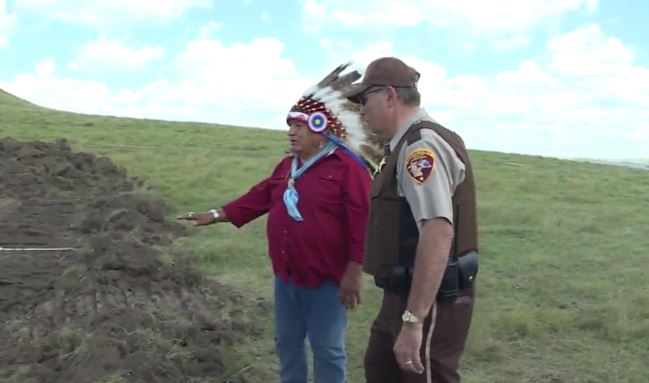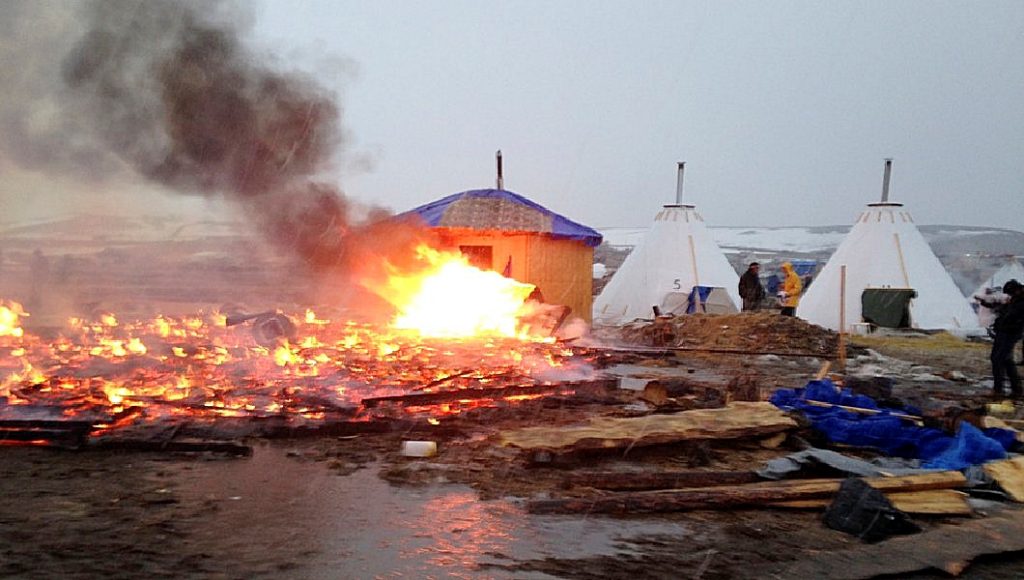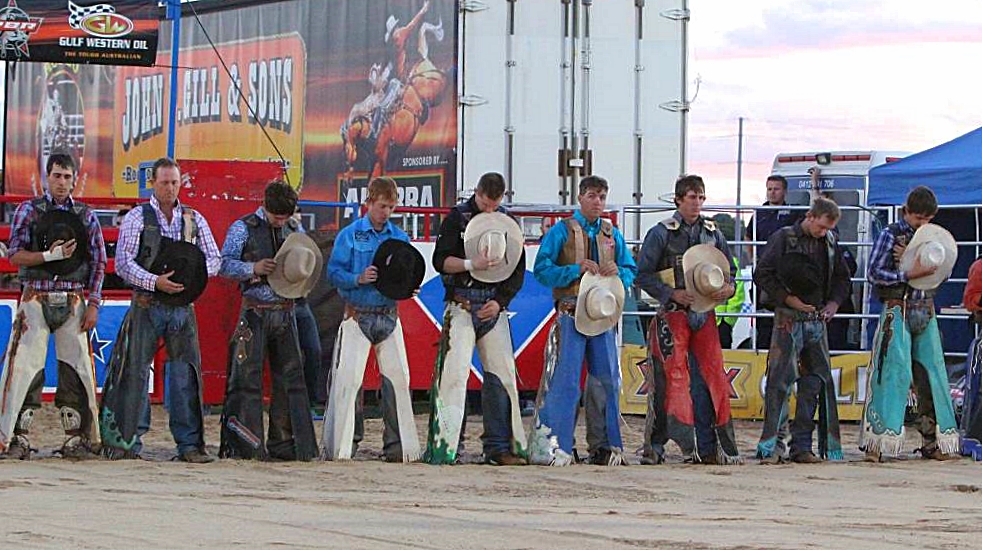The investigation by the Historic Preservation Office has concluded that no human remains or cultural sites were present at the contested site but that doesn’t mean the dispute is over.
The section of land was the site of the most explosive conflict between protesters and security during the Dakota Access Pipeline protests, but the State Historic Preservation Office says it is not the site of any burial grounds or cultural sites relating to the Standing Rock Sioux Tribe.
MORTON COUNTY, N.D. – The State Historic Preservation Office has concluded its investigation of the tract of land that sparked an altercation Labor Day Weekend between Dakota Access Pipeline security and protesters.

State Historic Preservation Office investigation says no human remains, cultural sites found at DAPL construction site
The investigation by the Historic Preservation Office has concluded that no human remains or cultural sites were present at the contested site but that doesn’t mean the dispute is over.
The section of land was the site of the most explosive conflict between protesters and security during the Dakota Access Pipeline protests, but the State Historic Preservation Office says it is not the site of any burial grounds or cultural sites relating to the Standing Rock Sioux Tribe.
“There was no other cultural material in the corridor that we investigated, and, like I said, there was no evidence of human bone,” says Paul Picha, Chief Archeologist.
Those protesting the pipeline’s destruction of possible sites aren’t surprised.
“How could they when Dakota Access jumped 13 miles and destroyed those sites?” says Joye Braun, protester.
Tribal experts were not consulted as part of the investigation, and they say state archaeologists may not be able to identify these types of sites.
“They’ll mislabel them because they don’t always know what the heck they’re looking for because we haven’t told them, for, in order to protect a lot of our sites,” says Braun.
Members of the Standing Rock Tribe say they have submitted information identifying these cultural sites along the route but none of those sites fell inside the construction sites.
“Information that was provided to us about previous locations that had been identified did fall outside the construction corridor,” says Picha.
Protesters say this is just another example of native tribes not being consulted on important issues, but the Historic Preservation Office says they didn’t have the authority to include them.
There were 10 instances of bone matter found on the construction site, but they were determined to be non-human, mostly rodents, cattle or bison.




